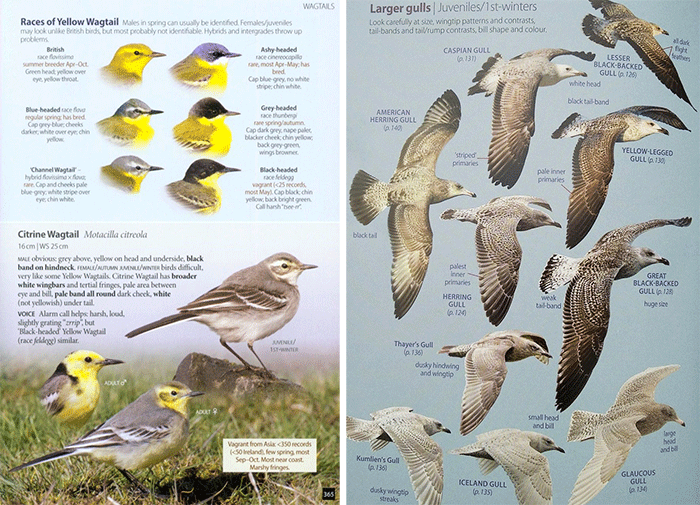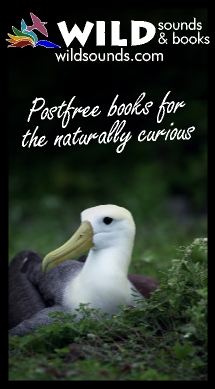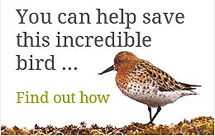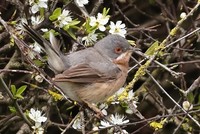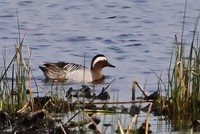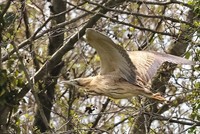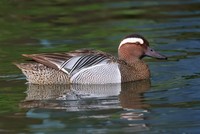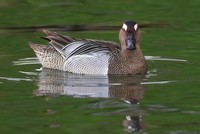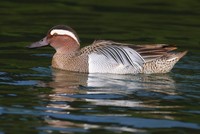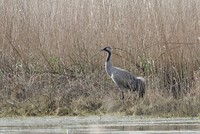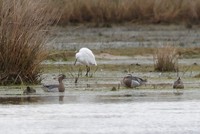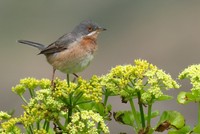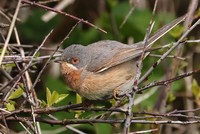Britain’s Birds: an identification guide to the birds of Britain and Ireland
Rob Hume, Robert Still, Andy Swash, Hugh Harrop and David Tipling
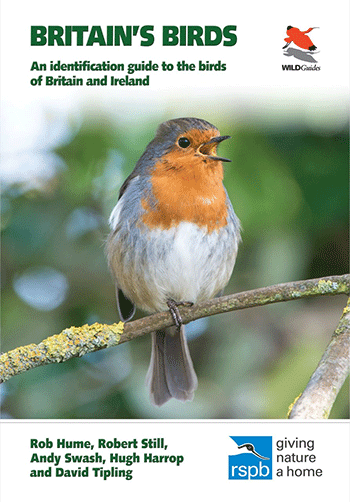
Birdlife's Spoon-billed Sandpiper campaign
The photo field guide is a pretty saturated market these days and I must admit to a slightly sinking feeling when I see another one. The main problem is that photographs can only capture a single individual bird at a single moment whereas high quality artwork can distil a lifetime of experience into a single more generic and more representative image. Furthermore, some photo guides have been plagued by miscaptioned plates – one or two real horrors have appeared in recent years.
It was with some trepidation therefore that I picked up this latest offering though looking at the team of authors and photographers involved here I cheered up significantly. On opening the book and starting to read, these hopes were quickly realised.
The book’s coverage is as comprehensive as you can get and includes all the species on the British and Irish lists, even Category B species such as Egyptian Vulture and Spotted Eagle. It tries to be as up to date as possible too, including for example the not yet officially accepted Irish Vega Gull and also the British Acadian Flycatcher and Chestnut Bunting, both of which are still under consideration by BOU. Conversely, the acceptance of Chinese Pond Heron was clearly not envisaged and this latest addition to the British List does not feature in the book.
Taxonomy follows BOU so all recent ‘splits’ (for example Northern Harrier, Wilson’s Snipe and Moltoni’s Warbler) are included whilst nomenclature also follows BOU (though ‘Lesser Canada Goose’ is, in line with widespread usage, replaced by the much more appropriate ‘Cackling Goose’). For ease of use, however, the official species order is subverted and, whilst it is to some degree more ‘instinctive’, it bears no relationship to any current or recent taxonomy.
Somewhat surprisingly (and commendably), the book also attempts to deal with all accepted subspecies, both indigenous (there is a lovely full page spread of Wrens) and vagrants (for example the recently accepted sibirica Pied Flycatcher and phoenicuroides/rufiventris/xerophilus Black Redstart). I could find no mention, however, of straminea/mongolica Grasshopper Warbler, now also on the British List. The coverage is fully up to date too, with a number of subspecies recently removed from the British List (for example alpestris Ring Ouzel and europaeus Long-tailed Tit) carefully not mentioned. The recent official ‘demotion’ of borealis Eider, however, has not been accommodated and this now invalid subspecies still appears.
The species texts are brief, pared down to the minimum, and do little more than describe each species’ size, voice and some of its more important field marks. They are therefore unable to address truly complex problems such as Thayer’s and Kumlien’s Gulls and Subalpine Warbler forms. However, for the commoner species the texts are clear, well crafted and helpful. The only anomaly I found was the statement that grey male Pallid Harriers are unrecorded in Britain – in fact there have been several records. Accompanying the texts are beautifully clear distribution maps showing summer and winter ranges and migration routes. Unlike in many guides, the maps are reproduced at a sufficiently large scale to be legible. Also included for each species is an indication of habitat preference, an assessment of population size or the number of records per year and details of its conservation designation against the IUCN Red List and ‘Birds of Conservation Concern’ frameworks.
The full impact of this book, however, comes from its photographs and in this respect this guide is head and shoulders above any other photo guide I have seen. Most notably, the choice of images has been carried out with such rigour that the problem of badly lit and badly posed birds (so prevalent in photo guides) has been largely eliminated. The images selected are genuinely representative of the species concerned and are, in most cases, the equal of a high quality painted field guide plate. The range of plumages presented is extensive and covers almost all eventualities even with such multi-faceted groups as large gulls, skuas and small waders. Many of the photos of vagrants are of the actual individuals which have occurred in Britain so keen twitchers will spot, for example, the Essex Red-throated Thrush and the Shetland Cape May Warbler. I went carefully through all the plates and captions and was pleased to find not a single misidentified image.
Published: Jul 2016: WildGuides
Paperback: 560 pages
ISBN: 9780691158891
RRP: £19.95
SPECIAL OFFER: just £13.95 when you quote discount code RBA96
Offer EXTENDED until: 14 Aug 2016
Read before ordering: When ordering, the value of the voucher will be deducted from your order when processed. The total displayed on your shopping basket excludes the value of the promo.
This represents an enormous commitment to sourcing images but the photographers in the team have done a magnificent job and have of course contributed many of their own wonderful pictures too. Nor is it just the quality of images which impresses. The subsequent design stage has produced a succession of beautifully arranged and always uncluttered montages, each image carefully sized and positioned to maximum effect.
The book concludes with a brief section on Category D and E species and a full species list, this time in the official species order.
This is without doubt the best photo guide now on the market. It will be hugely useful to beginners but more experienced birdwatchers should not be put off by the Robin front cover and prominent RSPB logo. The ambitious scope of this guide and the high quality of its execution should ensure a wide audience.
Andy Stoddart,
1 Aug 2016
Commission for Conservation
Rare Bird Alert does not profit from the sale of books through Wildsounds. Instead we are part of their Commission for Conservation programme where a percentage of every sale made through RBA helps supports BirdLife's Spoon-billed Sandpiper Fund.
